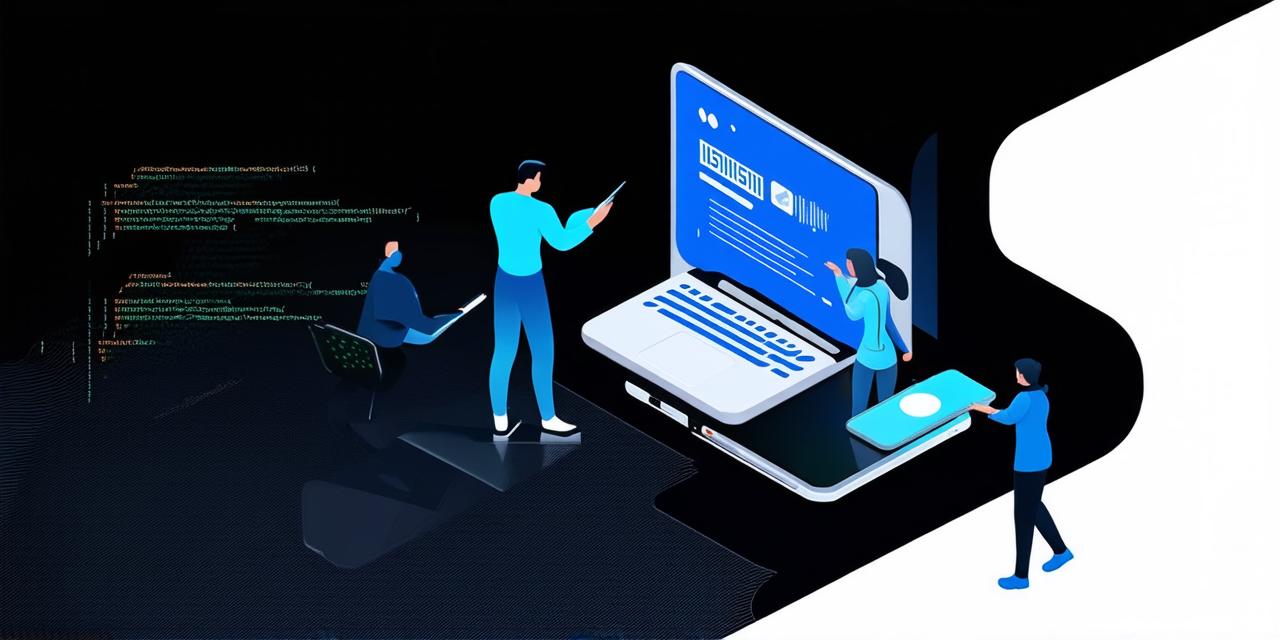Effective ways to learn web design techniques
BlogWeb design plays a crucial role in creating an effective and engaging online presence. It involves various techniques, tools, and skills that can make or break a website’s success. In this comprehensive guide, we will explore the most effective ways to learn web design techniques, optimize your articles for search engines, attract traffic to your website, and create engaging content.
Learning Web Design Techniques
There are several effective ways to learn web design techniques, including online courses, workshops, and mentorship programs. Online courses are a popular option for beginners as they offer flexibility and affordability. They provide a structured learning experience that covers various aspects of web design, such as HTML, CSS, and JavaScript.
Case Studies
Case studies provide real-life examples of successful websites and how they were designed. They also showcase different design approaches, tools, and technologies. By analyzing these case studies, you can gain insights into what works and what doesn’t in web design. You can learn from the successes and failures of others and apply those lessons to your own website design projects.
Personal Experiences
Personal experiences are also an excellent way to learn web design techniques. Whether you have a background in graphic design or a passion for coding, personal experiences can help you develop your skills. You can start by creating simple websites and gradually progress to more complex projects. Personal experiences can also help you identify your strengths and weaknesses and tailor your learning accordingly.
Optimizing Articles for Search Engines
Search engine optimization (SEO) is crucial for attracting traffic to your website. To optimize your articles for search engines, you need to focus on keywords, meta tags, and backlinks. Keywords are the words or phrases that users type into search engines when looking for information. Meta tags provide additional information about your website, including its title, description, and keywords. Backlinks are links from other websites that point to your website. The more high-quality backlinks you have, the more likely users will find your website in search engine results pages (SERPs). To optimize your articles for search engines, you can use tools like Google Keyword Planner, SEMrush, and Ahrefs.
Creating Engaging Content
Creating engaging content is essential for attracting and retaining visitors to your website. You can create engaging content by focusing on user needs, providing valuable information, and using storytelling techniques. User-generated content, such as reviews and testimonials, can also help engage visitors and build trust. You can also use different types of content, such as videos, infographics, and podcasts, to make your website more engaging and interactive.
Expert Opinions
Expert opinions are invaluable when it comes to learning web design techniques. Experienced web designers can provide insights into the latest trends, tools, and technologies in web design. They can also offer guidance on best practices for user experience, accessibility, and security. You can learn from their experiences and apply those lessons to your own website design projects.
Real-life Examples
Real-life examples are an excellent way to illustrate the points being made in this guide. For instance, the design of Airbnb’s website is a great example of how effective web design can improve user experience and increase conversion rates. The use of high-quality images, intuitive navigation, and personalized recommendations creates a seamless user experience that encourages visitors to book a stay. Similarly, the design of Dropbox’s website showcases how minimalist design can create a clean and simple user interface that emphasizes functionality over aesthetics.
Improving User Experience
User experience is crucial for creating an effective and engaging online presence. You can improve user experience by designing a website that is easy to navigate, has fast load times, and provides valuable information. To improve user experience, you can use tools like Google Analytics, Hotjar, and Crazy Egg. These tools can help you track user behavior, identify pain points, and make data-driven decisions about your website design.
Increasing Conversion Rates
Conversion rates are a measure of how many visitors to your website take a desired action, such as making a purchase or filling out a form. To increase conversion rates, you can create a website that is visually appealing, easy to navigate, and provides clear calls-to-action. You can also use tools like A/B testing, heatmaps, and user surveys to test different design elements and gather feedback from your users.
Enhancing Brand Reputation
Brand reputation is the perception of a brand’s image, value, and trustworthiness in the minds of consumers. To enhance brand reputation, you can create a website that reflects your brand’s values, mission, and personality. You can also use tools like social media monitoring, customer reviews, and brand mentions to monitor and improve your brand’s online presence.
Attracting and Retaining Customers
Attracting and retaining customers is crucial for building a successful business. To attract and retain customers, you can create a website that provides value, solves their problems, and offers a seamless user experience. You can also use tools like customer relationship management (CRM) software, email marketing, and social media advertising to engage with your audience and build relationships with them.
In conclusion, web design plays a crucial role in creating an effective and engaging online presence. To learn web design techniques, optimize articles for search engines, create engaging content, improve user experience, increase conversion rates, enhance brand reputation, and attract and retain customers, you can use a variety of tools and resources available online. With the right approach and mindset, you can transform your website into a powerful tool for growing your business and reaching your goals.
